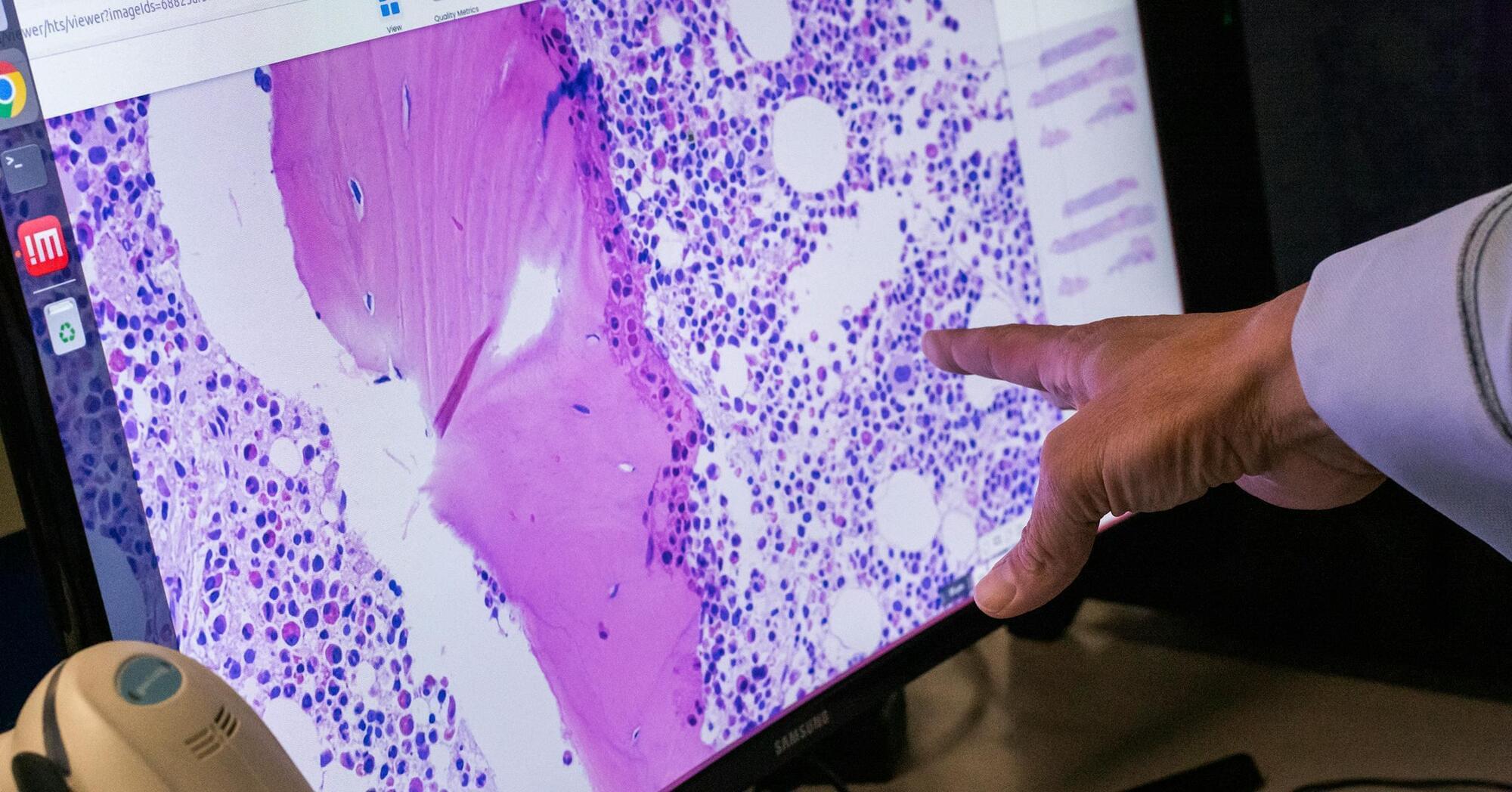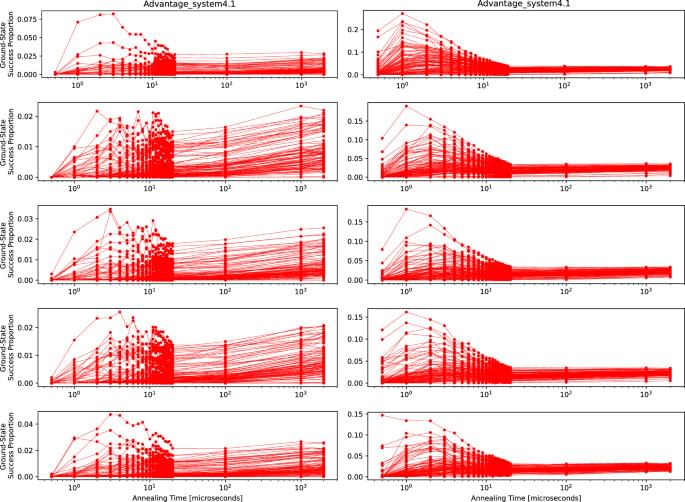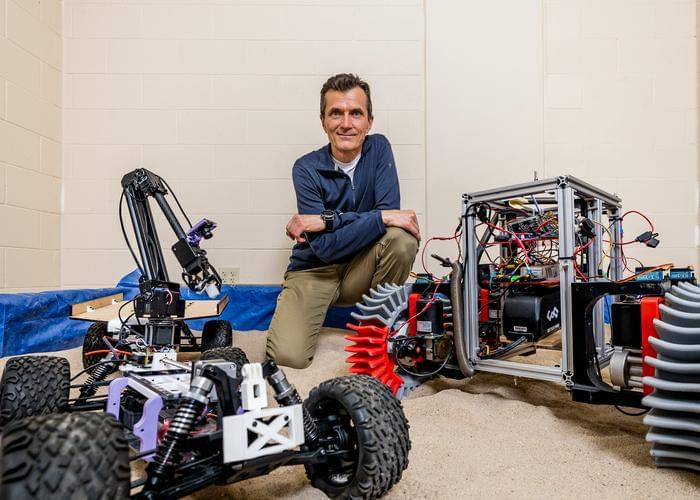Rochester-based Mayo Clinic is using the technology to fuel its large-scale project to pull new insights from droves of pathology data, which may help with diagnostics.


NASA launched an incredible new web portal that reveals ground movements across North America with astonishing precision.


Pelofske, E., Hahn, G. & Djidjev, H.N. npj Unconv. Comput. 2, 17 (2025). https://doi.org/10.1038/s44335-025-00032-6


Amazon is hoping to get a good rhythm going with the launch and deployment of Project Kuiper, its 3,232-satellite internet constellation, which began operational flights in April. The tech giant said on Thursday that its nearly $140 million investment in Florida is a cornerstone to making that happen.
While shown in the background of photos and hinted at in other public relations materials during its first three launch campaigns, Amazon confirmed on July 24 that its payload processing facility (PPF) at the Kennedy Space Center (KSC) entered service back in April in time to support its first operational launch on a United Launch Alliance (ULA) Atlas 5 rocket.
“There is no better place than Florida’s Space Coast to fulfill Kuiper’s promise to bring broadband to unserved and underserved across the nation and world,” said Brian Huseman, Amazon’s vice president for public policy and community engagement, in a statement. “We are proud to make investments in Florida that will impact the local community and ultimately our customers. We look forward to our long-term partnership with Space Florida, NASA, Space Force, and state and local officials, as well as our launch providers and community partners.”


Neutrinos are subatomic particles with no charge and very little mass that are known to weakly interact with other matter in the universe. Due to their weak interactions with other particles, these particles are notoriously difficult to detect.
A class of neutrinos that has so far proved particularly elusive to detection methods are extremely-high-energy neutrinos, which have energies above 1016 electronvolts (eV). Physical theories suggest that these neutrinos would be produced from very energy-intensive astrophysical phenomena, such as interactions of ultrahigh-energy cosmic rays.
The IceCube Collaboration, a large group of researchers based at various research institutes worldwide, has been searching for extremely-high-energy neutrinos for over a decade. Their most recent findings, published in Physical Review Letters, set constraints on the proportion of protons in ultrahigh-energy cosmic rays, for the first time relying on data collected at the IceCube observatory, while also placing limits on the diffuse flux of extremely-high-energy neutrinos.

